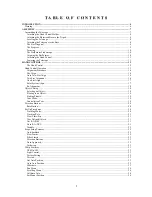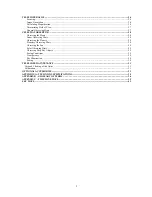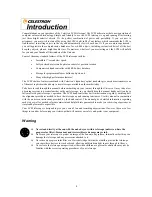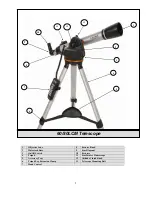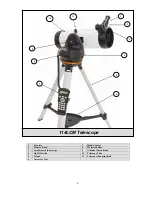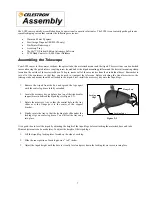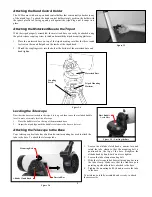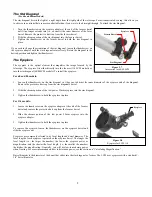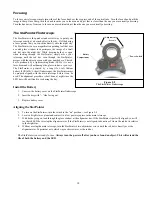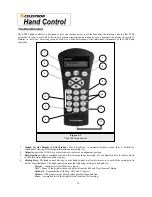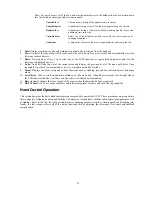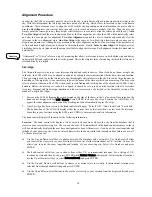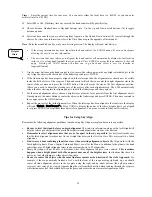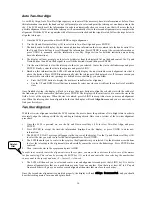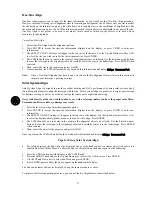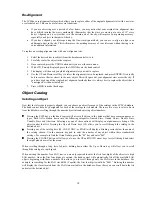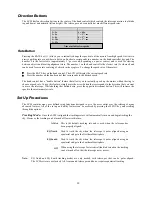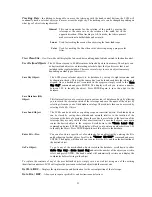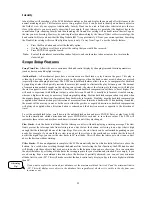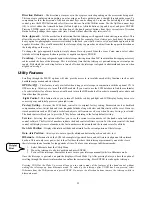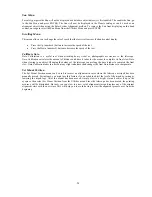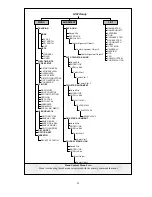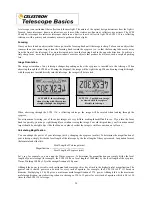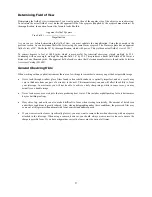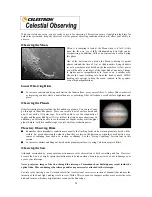
13
List
– For quick access, all of the best and most popular objects in the database have been broken down
into lists based on their type and/or common name:
Named Stars
Common name listing of the brightest stars in the sky.
Named Objects
Alphabetical listing of over 50 of the most popular deep sky objects.
Double Stars
Alphabetical listing of the most visually stunning double, triple and
quadruple stars in the sky.
Variable Stars
Select list of the brightest variable stars with the shortest period of
changing magnitude.
Asterisms
A unique list of some of the most recognizable star patterns in the sky
.
5.
Info
:
Displays coordinates and useful information about objects selected from the database.
6.
Tour:
Activates the tour mode, which seeks out all the best objects for a given month and automatically slews the
telescope to those objects.
7.
Enter:
Pressing
Enter
allows you to select any of the LCM functions, accept entered parameters and slew the
telescope to displayed objects.
8.
Undo:
Undo
will take you out of the current menu and display the previous level of the menu path. Press
Undo
repeatedly to get back to a main menu or use it to erase data entered by mistake.
9.
Menu:
Displays the many setup and utilities functions such as tracking rate and user defined objects and many
others.
10.
Scroll Keys:
Used to scroll up and down within any of the menu lists. A double arrow symbol on the right side of
the LCD indicates that the scroll keys can be used to view additional information.
11.
Rate:
Instantly changes the rate of speed of the motors when the direction buttons are pressed.
12.
RS-232 Jack
: Allows use with a computer and software programs for point and click slewing capability.
H
H
a
a
n
n
d
d
C
C
o
o
n
n
t
t
r
r
o
o
l
l
O
O
p
p
e
e
r
r
a
a
t
t
i
i
o
o
n
n
This section describes the basic hand control procedures needed to operate the LCM. These procedures are grouped into
three categories: Alignment, Setup and Utilities. The alignment section deals with the initial telescope alignment as well
as finding objects in the sky; the setup section discusses changing parameters such as tracking mode and tracking rate;
finally, the last section reviews all of the utility functions such as adjusting the telescopes slew limits and backlash
compensation.


